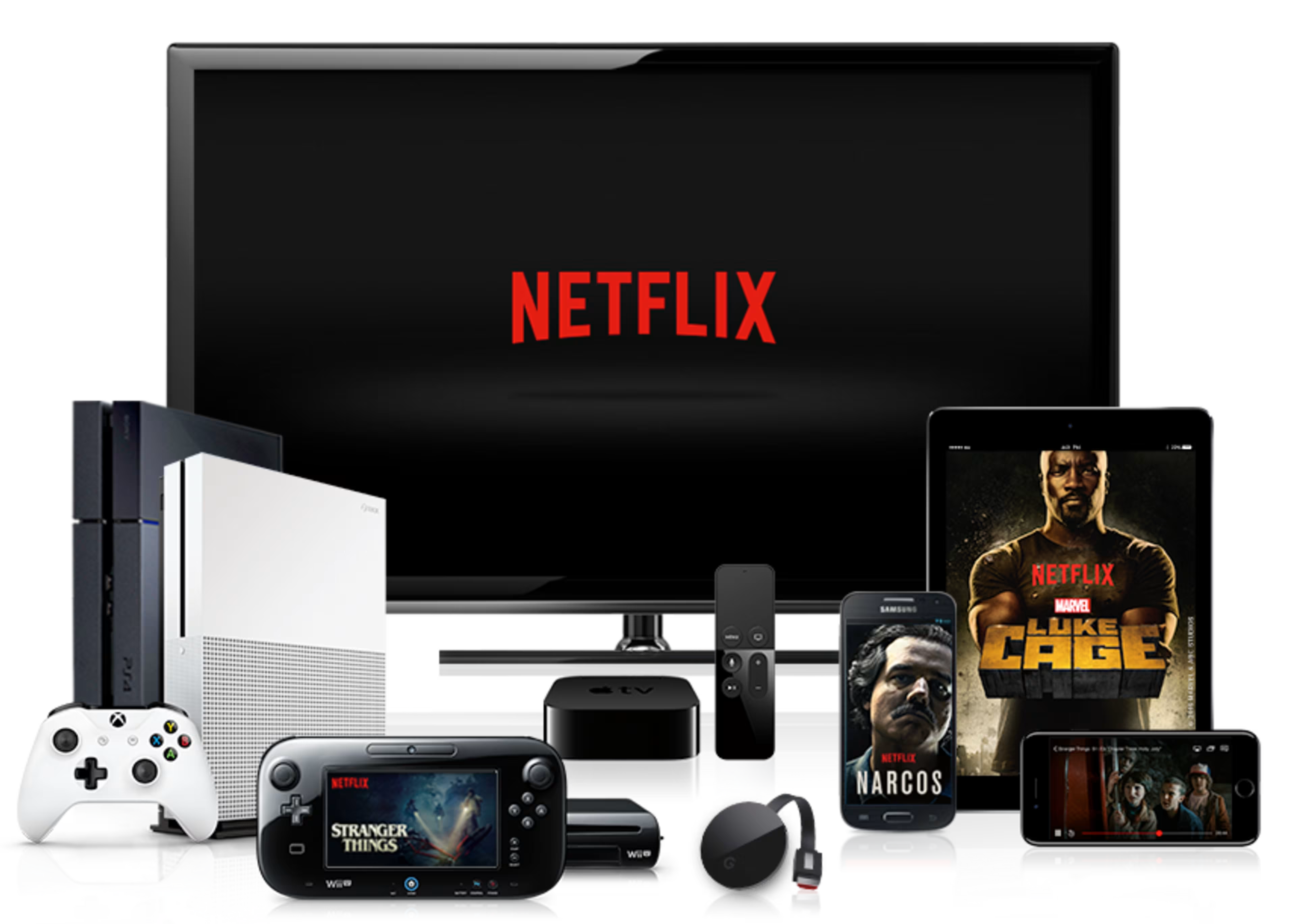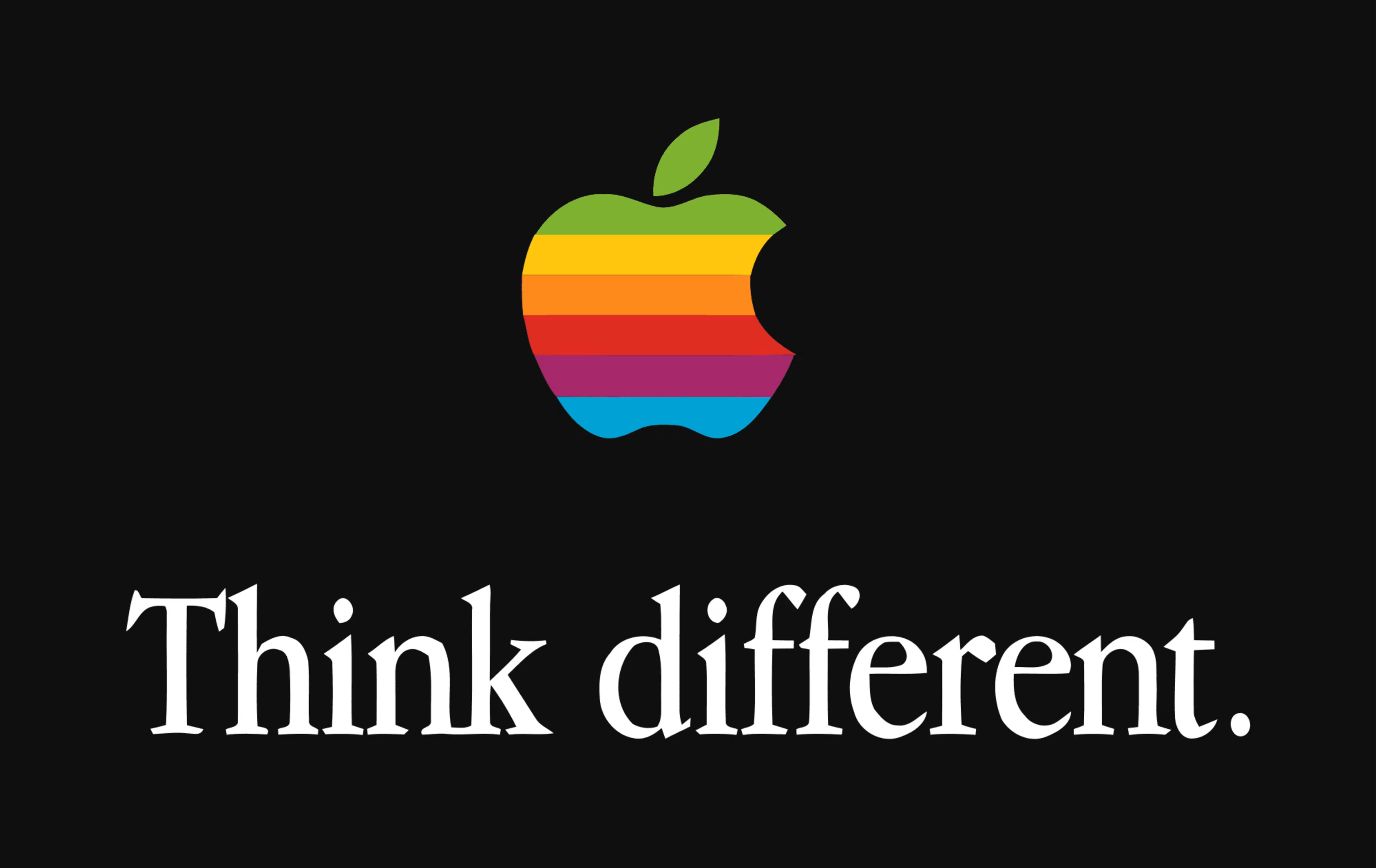Change is hard. Change is good.
Change can mean progress, improvement, growth.
A lack of change, on the other hand, can mean stagnation. It can mean repeating the same mistakes, sitting still while others surge ahead, and finding yourself stuck in old ways just because it's what you've always done.

Small business leaders need to embrace evolution—by adopting new project management technology, for example—while staying true to the original vision that made their company successful. Knowing when and how to change is the difference between a successful business and a failed business.
According to Prosci, companies with excellent change management are six times more likely to reach their objectives than those with poor change management.
Small business leaders don't have much leeway when it comes to effective change management. Get it wrong more than once, and your business might not be around to try again.
Whether you're moving to a new building, implementing a new project management system, or introducing a new team leader, the importance of effective change management can't be overstated.
3 stories of effective change management your business can learn from
Luckily, there are many stories about companies that have navigated change successfully (and plenty more of those that did it wrong) that we can learn from.
Here are three stories of companies that did change right, and lessons that you can use when facing change management at your own small business.
1. Netflix trusts its digital plan

Netflix (Source)
Before the change: Netflix launched in 1998 as a DVD mailing service. Users curated a film queue, and the company mailed DVDs to their homes—in order—upon return of each disc. It was a great business model for the late '90s and early 2000s; Netflix gained hundreds of thousands of subscribers and went public in 2002.
But entertainment changed, and the way consumers watched it changed too. If Netflix had continued to mail out fragile, physical discs in envelopes, its growth would have stagnated due to external factors such as the capabilities of the U.S. postal service, the lifespan of the DVD format, and its physical inventory.
Amazon began offering video streaming services in 2006, while physical media-based Blockbuster (which infamously declined an opportunity to acquire Netflix in 2000) was grasping at straws but sinking fast.
Netflix was at a crossroads, and its long-term sustainability depended on how it managed the change to a digital future.
Managing the change: We all know how this story ends. Netflix subscribers grew from 23 million in 2011 to more than 137 million in 2018.
But the company's change management got off to a rocky start. Customers were initially outraged by the announcement that Netflix would be charging separate fees for digital streaming and DVDs, and 800,000 ditched the service in late 2011. Netflix stock dropped by 77% in only four months.
Despite the initial turbulence, Netflix leaders remained committed to the change. Management closed ranks to form a united front, and the company continued to pour resources into digital streaming and original programming. In 2017, Netflix surpassed U.S. cable companies in total subscribers.
The change management takeaway: Rarely does change occur without adversity, and—like most projects—it can take much longer than initially expected for signs of progress to show.
That's why it's so important to stay the course and trust your plan. Of course, this is easier when your plan is sound to begin with.
Netflix CEO Reed Hastings knew that DVDs were on their way out, and for his company to succeed he needed to shift gears and adapt to the digital future. In February 2009, he told Bloomberg: "We've got one singular objective, which is 'Be successful in streaming.' If we do that, that's a home run."
Like Hastings and Netflix, you need to do your research, prepare your company for the future, and see your plan through. This could mean moving from a physical to digital product, or simply investing in new smartphones for your sales reps.
Don't be discouraged and scrap your plans if you encounter initial resistance and backsliding.
2. Apple evolves but stays true to its original vision

Apple: Think different. (Source)
Before the change: Members of Generation Z might not realize that Apple first rose to prominence for something other than the iPhone and the MacBook, or that the company was struggling for its survival in the late 1990s.
But that's exactly the situation that Apple was in back in 1997 after the company lost $56 million in one quarter (its worst financial quarter ever). For perspective? Apple now makes upwards of $60 _billion per quarter._
The company, long known as visionary and imaginative, had stagnated. The 16-pound, $6,500 Mac Portable (1989), the half-baked Apple Newton (1993), and the poorly received Apple Pippin video game system (1996)—among other missteps—left Apple struggling for credibility heading into the 21st century.
But a game-changing idea was on the horizon, thanks to the return of one of Apple's co-founders.
Managing the change: In 1997, Apple co-founder Steve Jobs—who left the company in 1985—returned to help guide Apple back from the depths to prominence. With the wayward visionary back at the helm, Apple embarked on more than a decade of breakthrough successes, including the iMac (1998), the iBook/MacBook (1999), and the iPod (2001).
These innovations ultimately evolved into the product that would make Apple the first American public company to reach $1 trillion in value: the ubiquitous iPhone (2007), which has now sold more than one billion units worldwide.
Apple got here by combining its original vision (bringing emerging technology to the masses) with a willingness to evolve.
The change management takeaway: Stay true to your vision while embracing evolution.
Never in the history of business has a company grown without evolving to meet ever-changing customer needs. Even Coca-Cola, whose basic formula hasn't changed in more than 130 years, has had to introduce spin-off products, update its packaging, and constantly roll out new advertising to stay relevant.
Take a look at Blockbuster, or the print news industry, for some well-known examples of what happens when companies fail to evolve.
As a small business leader and project manager, you've got to maintain the most essential elements of your business's core vision with the changes needed to stay viable and competitive. This is the essence of change management.
Remember the vision that made your company unique and valuable, then think about how you could better achieve that vision through incremental changes to what you're already doing.
This could mean hiring a new manager or partnering with another small business to better serve your customers or expanding into a new region.
Gartner suggests a simple framework for approaching this type of calculated, incremental change management: a From/To/Because storyline.
From: Define your starting point with input from management, business partners, and employees.
To: Describe the direction the organization needs to go.
Because: State why the change is important, and align the change with your business strategy.
Check out this piece from Smarter With Gartner for more on the From/To/Because change management approach.
3. Lego rebuilds with bytes and bricks

Lego bricks (Source)
Before the change: It's hard to imagine now, but there was once a time when Lego's business was primarily built on little plastic bricks. Those little plastic bricks made the company quite successful, though, especially once Lego started incorporating tiny figurines and introducing sets based on space, medieval castles, and modern cities.
Of course, this was before the internet and Netflix and iPhones and video games, and the million other things vying for children's attention every second of every day came along. As the world went digital, Lego lost relevance.
By the mid 2000s, Lego was losing hundreds of millions of dollars per year, laying off thousands of employees, changing presidents, and closing amusement parks and factories.
“We are on a burning platform," Lego CEO Jørgen Vig Knudstorp told his team. “We're running out of cash… [and] likely won't survive"
If Lego wanted to stay afloat in the 21st century, it would have to think outside of the block.
Managing the change: How does a company that built success on a simple, plastic brick get anyone's attention in the digital age? By taking everything that made Lego successful—the fun, the playfulness, the imagination—and translating it for the digital world through television, movies, and video games.
But—and this is key—Lego kept producing the plastic bricks that their company's success was built on for the children and hobbyists and collectors who were still passionate about them.
In other words: Lego kept the core of its business strong while also trying new strategies.
Meanwhile, Lego's foray into the entertainment business—including hit movies and video games based on Star Wars, Marvel, and Batman, along with its own brands like Bionicle, Ninjago, and The Lego Movie—flourished, bringing the brand and its products to a new generation.
By 2015, Lego had surpassed $5 billion in sales, up almost $3 billion from just five years earlier.
The change management takeaway: Change is coming for your small business whether you want it or not, so you can either resist and watch your business lose relevance, or get out in front of it and be part of the future.
And while it's important to embrace change and exciting to drive your business forward, it's also important to keep the core of your business intact. In other words: Don't throw out the bricks with the bathwater.
You also don't want to wait until you're already hemorrhaging profits to decide that it's time to make a change if you can help it.
As a small business leader and project manager, you could wait until you're standing on a burning platform to decide that change is necessary ... or you could look for smoke and get a head start.
Here are a few indicators that it's time to make a change:
Your profits and market share are steadily slipping month after month, year after year.
Employees are leaving for new jobs faster than you can hire replacements.
Your workplace technology is holding your employees back because it's slow and inefficient.
Whether you need to change your business strategy, improve employee benefits, hire new leadership, or upgrade your technology, you can't respond to change by continuing on the way you have been and expecting the symptoms to disappear.
At its heart, effective change management is all about guiding the process of keeping what is working and getting rid of what isn't so that you have the flexibility to try something new. Then, you repeat.
Make your own story of effective change management
All of the examples above involve billion-dollar businesses, but the change management lessons that those corporations learned can benefit business leaders of all sizes.
Whatever changes you're facing at your SMB, it's important to remember these three takeaways:
Come up with a sound plan and stick to it throughout the course of the change.
Embrace business evolution while staying true to your original vision.
Look for indicators that your business is falling behind so you can lead the charge on change management before it's too late.
Do you have any famous examples of successful change management to share? If so, I'd love to hear about them in the comments, or hit me up on Twitter.
Change management is just one piece of the essential project management toolkit. To stay on top of everything from soft skills to the latest technology trends, follow our project management blog.